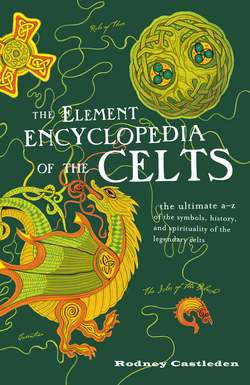Читать книгу The Element Encyclopedia of the Celts - Rodney Castleden - Страница 93
CHILDHOOD
ОглавлениеVery young children had low status in Celtic society, counting as extensions of the family. Individual identity was allowed only as a child grew. Among the nobility, the education of children took place away from the parents. There was a widespread practice of sending children away to be brought up by another family, often with the intention of creating new kinship ties with a group far away. This fostering practice was carried through into the Middle Ages. The Druids took charge of the education of many children.
Julius Caesar mentions that in Gaul boys were not allowed to appear in public until they were old enough to bear arms. It was considered a disgrace to the father if a son who was still a child stood beside him in public. The change in status marked by bearing arms suggests a rite of passage of some kind, and it is likely that there were complex initiation rites associated with status changes at different ages. In the Irish tales about Cú Chulainn, we hear about the rites of passage he has to undergo with other boys to acquire manly status. In one ritual, he is attacked by 159 boys throwing their hurley sticks at him. The young hero manages to dodge all of them.
Probably headhunting marked a later rite of passage. In Ireland, killing a foe and taking his head was the signal that a youth’s military instruction was complete.
A further rite of passage was marriage, which had, in Irish folk-tales at least, to be preceded by an adventure. Cú Chulainn has to undertake a long journey, during the course of which he has to undergo various ordeals. When he returns to take his bride-prize, he finds he has to force his way into her house and abduct her. This is no doubt a heightened version of some real trial by adversity that real-life grooms had to undergo.
